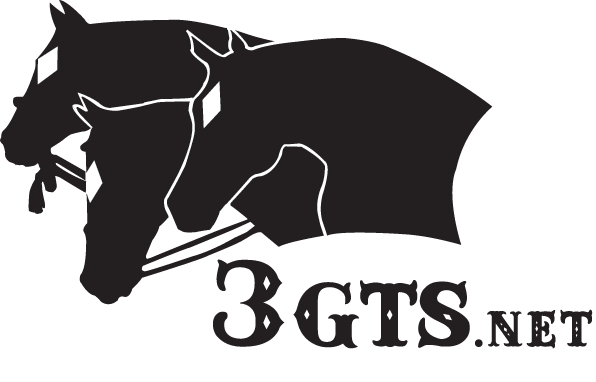Horsemanship Level #7 Purple
Ride on the longe line at all three gaits, without stirrups/ reins, performing balancing and suppling exercises.
Identify posting diagonals and leads through feel.
Demonstrate the following maneuvers:
--20m, 15m and 10m circles at walk and jog
--Simple change of lead on a straight line
--Leg yield, from quarter line to rail, at walk and jog
--SidepassRide direct transitions between the jog, halt and reinback.
Demonstrate a walk to lope transition, returning to walk with three or fewer steps of jog.
Ride lope to halt in three or fewer steps.
Ride WDAA Basic Test 3, demonstrating accuracy, forward rhythm, light contact, correct bend on circles and through corners.
Set poles for walk, jog and lope, demonstrating knowledge of stride length and distances.
Jump a cross-rail, 18” maximum, with and without stirrups and/or reins.
Lope a course of 6 or more ground poles without stirrups.
Maintain a galloping position at the walk, jog and lope, for a minimum of five minutes.
Ride at the gallop in the open with control and a secure position.
Negotiate trail obstacles, to include:
--Opening and closing a gate
--Water crossing
--Ditch
--Bridge
The Purple and Teal Levels are designed for dedicated equestrians eager to move past the basics and develop intermediate skills. These riders may be your eager competitors or future horse trainers; they may learn to effectively ride and bring along green horses; they should acquire a strong foundation that will allow them to pursue any equestrian discipline they choose.
Not all recreational students will achieve Purple and Teal ribbons. These levels (particularly Teal) require hours of practice and, for the average rider, an increased commitment to fitness. To pass each requirement, students should be able to demonstrate these skills consistently, not just one time on a push button horse! It is as important for students to be honest about their goals as it is for instructors to clearly outline the requirements of the work.

